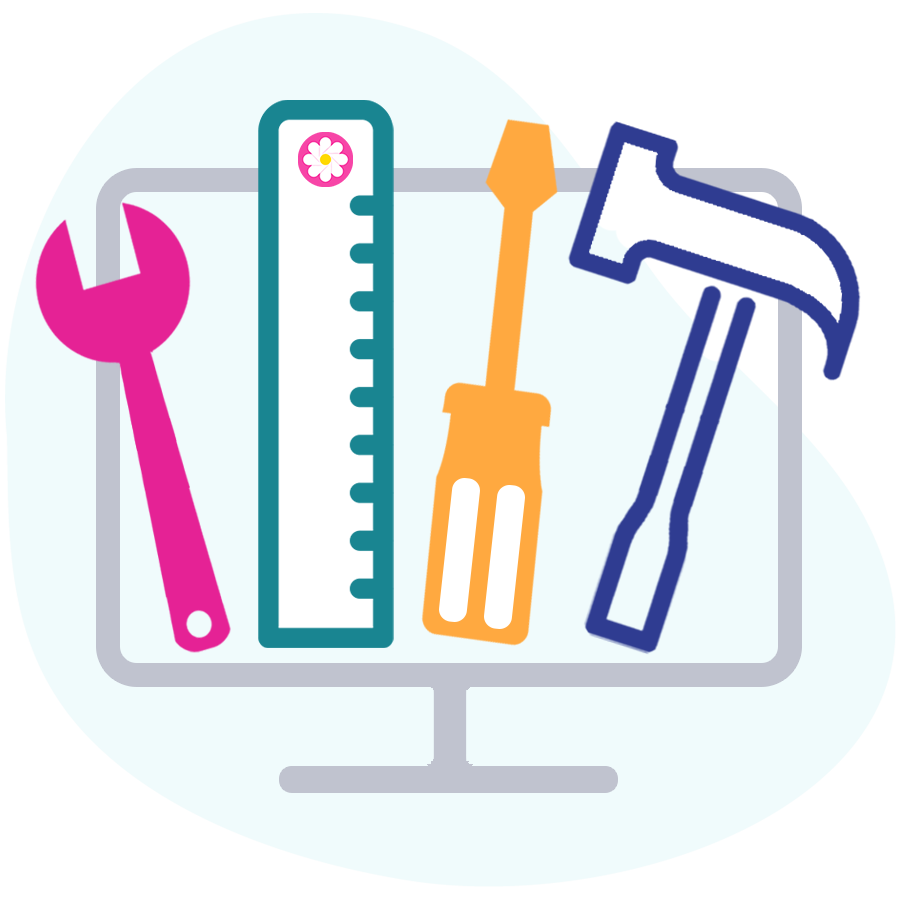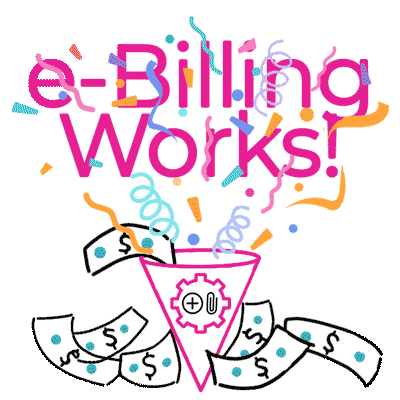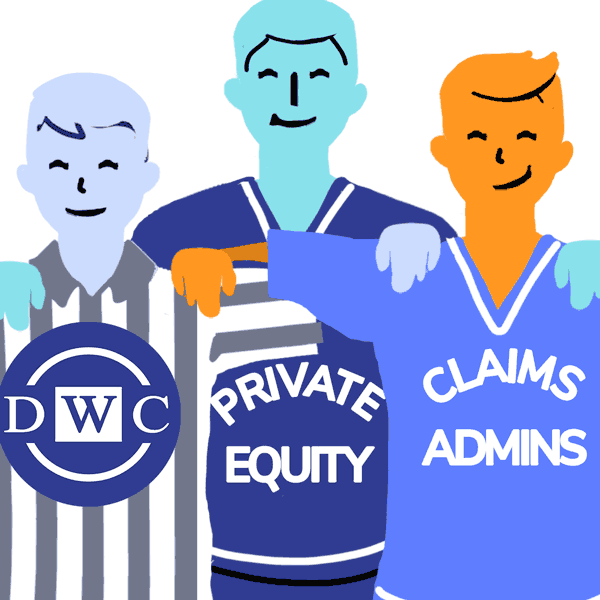CrowdStrike Crash: Doctors Should Diversify Practice Tech

Question: What can healthcare providers learn from CrowdStrike’s recent calamitous software update and the less recent (but equally calamitous) cyberattack on Change Healthcare?
Answer: Relying on any single software tool for records, billing, or other administrative needs can be dangerous. Instead, consider diversifying your technology to protect against the unexpected.
Understandably, many providers believe that using a single software system to manage a practice is best. Theoretically, learning just one software application is more efficient. But realistically, recent incidents demonstrate that overconsolidation can have troubling implications. An entire practice can go administratively dark when a major system like CrowdStrike or Change goes down.
One way to diversify is to use more specific, purpose-built systems.
For example, workers’ comp-specific billing software is not only designed for the unique complexities of workers’ comp; it also functions independently of the biggest targets for cyber-attackers.
CrowdStrike Update: Grinding Practices to a Halt
From treatment to records to billing and beyond, healthcare practices were blindsided by the unexpected aftershocks of software updates by CrowdStrike, a widely used cybersecurity software. For the second time in 2024, healthcare was kneed by previously unconsidered systemic vulnerabilities.
As reported by Fast Company (emphases ours):
“The ongoing major IT outage that’s being blamed on a content update from cybersecurity giant CrowdStrike is disrupting a wide swath of industries Friday, from airlines to banking. But arguably no sector has been worse off than healthcare.
Electronic medical record systems (EMR) are down in doctors’ offices and hospitals around the world. Those systems are used to store everything from a patient’s medical history and doctors notes to billing and laboratory data. Now, with many offline, medical staff are having to revert to pen and paper charts.”
Like the massive cyberattack on Change Healthcare, the CrowdStrike incident debunks the notion that keeping all your EHR and billing software eggs in one basket is a viable strategy.
Frankly, relying too heavily on any single tool for administrative or collections needs means that when that single tool crashes, the entire practice can crash. That includes such ubiquitous health care administration tools as Epic, which was not spared the ripple effects of the CrowdStrike incident. CNBC reports (emphases ours):
“An Epic spokesperson said the disruption is not affecting the company’s services directly, but it has received reports that the laptop and desktop workstations that some groups use to access Epic are down. Additionally, some groups have reported problems with their data center software, which means they are unable to access patient records through Epic…
…Epic said its platform for cloud-based applications called Nebula was impacted by the outage. Features like its telehealth offering were temporarily unavailable, but Epic said access has been restored. Epic is continuing to monitor Nebula, the company added.”
A brief but informative explanation of the downsides of relying too heavily on Epic can be found below:
The Advantages of Separate Workers’ Comp Billing Software
As we explore in great detail in this space, workers’ comp billing is far more complex than any other kind of medical billing. No matter which state you practice in, treating injured workers comes with unique technical and administrative challenges that more niche software can address far more effectively.
Add to this the fact that a single cyberattack or technical slip can cripple any system, but is much more devastating and difficult to resolve when the system in question is as massive, unwieldy, and ubiquitous as CrowdStrike or Change Healthcare.
In other words, it may be better to have a reliable toolkit than any single multi-tool. The relatively minor investment of time required to train staff in multiple systems is undeniably worth the ability to continue treating patients, even when the unexpected occurs.
Consumers and individual businesses suffer when only a handful of bloated mega-companies dominate any industry. Utilizing niche technology for specific purposes, like workers’ comp billing and authorization, is a smart hedge against what can happen when giants stumble.
daisyBill makes treating injured workers easier, faster, and less costly. Request a free demonstration below.
REQUEST DEMO
DaisyBill provides content as an insightful service to its readers and clients. It does not offer legal advice and cannot guarantee the accuracy or suitability of its content for a particular purpose.

.gif)

.png)
.png)
.gif)
